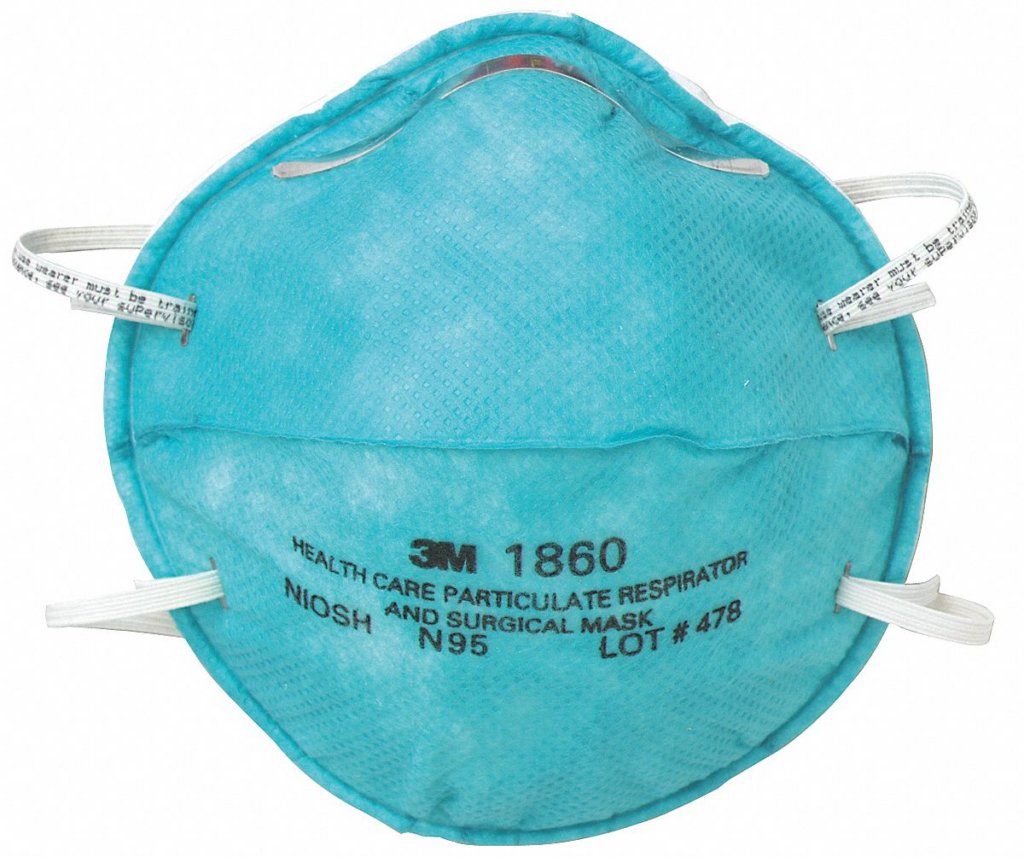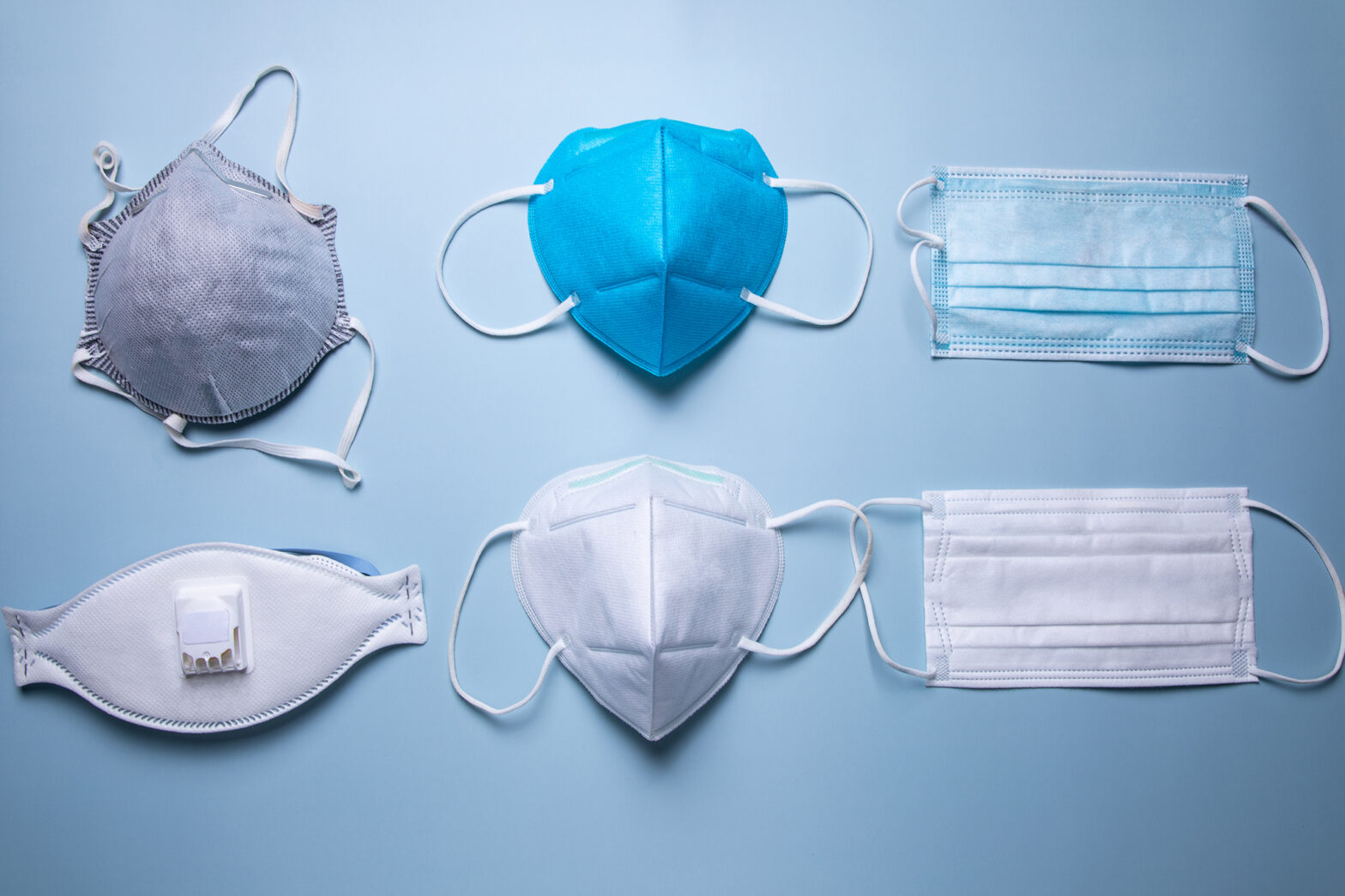Children and teens are compelled to wear surgical masks while outside of their homes or at school in various Australian states and territories. By outlining the rules, instructing kids on how to put on masks, paying attention to their emotions, and engaging them in communication exercises, you may help kids become used to wearing masks.
Think about N95s and KN95s
According to some public health professionals, the spread of delta necessitates using more severely protective masks, such as the gold standard of protection, N95 respirators, which, when worn properly, block at least 95% of particles.

The good news is that N95s are widely available right now. They do, however, have a drawback. N95s aren’t exactly enjoyable to wear since they seal so firmly to your face (which is why they function so effectively), according to Dr. Ibukun Kalu, a pediatric infectious disease specialist at Duke Children’s Hospital.
No one wants to wear an N95 for eight hours, according to Kalu. When you’re in a high-risk environment, like caring for a COVID-19 patient, she says they’re a terrific kind of protection, but they might be unpleasant.
Watch out for phony N95s if you do choose to purchase one. Visit the CDC website for tips on how to recognize a fake and a list of reliable suppliers of surgical N95s (last updated in June). Additionally, you may get additional advice on selecting a proper fit among the several N95 models and purchase a NIOSH-approved surgical mask through organizations like Aiden and the charity Project N95.
Some individuals find it more difficult to utilize the straps that N95s employ to fasten to your head. If so, another option to think about is KN95 respirators, which often attach with more comfortable ear loops. KN95s are subject to Chinese government regulation and, like N95s, are expected to remove at least 95% of tiny airborne particles, however, testing requirements vary by nation.
However, KN95s have also had a counterfeit issue. Additionally, the FDA recently took away the KN95s’ emergency use license, which permitted their usage in healthcare facilities. However, you may still go through the FDA’s database of previously authorized KN95s. You may also wish to look at the list of foreign-made respirators that NIOSH formerly assessed for filtering effectiveness, even though the organization no longer conducts such testing.
If you decide to use one of these respirators, make sure it fits your face snugly as well. And keep in mind that the ideal surgical mask is ultimately the one you will wear often, regardless of what you decide.
Put on two masks
Using two masks at once is one effective strategy, according to Marr. She advises placing a surgical mask closest to your face first, followed by a cotton surgical mask.

Many surgical masks have a loose fit, which is a drawback since a mask’s capacity to filter out particles relies in part on how effectively it seals to your face. According to Marr, who co-wrote a commentary earlier this year advocating double-masking, you may obtain a tighter fit while simultaneously adding an additional layer of filtration by placing a cotton surgical mask on top. You can read about Surgical mask advice tips by visiting http://crossroadscreston.com/surgical-mask-advice-tips/
Select a surgical mask composed of polypropylene, a nonwoven material that has an electrical charge that enables it to trap particles. Paper is used to make certain surgical masks. Add a surgical mask made of high-quality fabric next.
However, Marr cautions, don’t keep adding masks—just one more is plenty. Air will instead seep in and out of your masks via the sides if they become too difficult to breathe through. Then, Marr said to NPR earlier this year, “it’s like you have a hole in your surgical mask.”
Tighten the mask’s fit
Don’t let your nose droop over your surgical mask—that negates the point of wearing one—even at this late stage in the epidemic! Additionally, for optimum protection, ensure sure there are no gaps visible and that your surgical mask fits as securely as possible over your mouth, nostrils, and nose bridge.

According to research published in JAMA Internal Medicine, the degree to which a surgical mask adheres to your face affects how well it filters the air. When worn regularly, the surgical masks that were studied by the researchers only successfully blocked out an average of 38.5% of tiny particles. But when they attempted several workarounds to improve the surgical mask seal, filtering effectiveness increased.
One method they tried was to tuck the side pleats in to minimize any gaps that could form around the margins, then tie the ear loops into a knot as near to the sides of the surgical mask as you can, as seen in the left picture below. The surgical mask’s filtering effectiveness was increased by 60%.
A hair clip may also be used, as shown in the image to the right, to keep the ear loops firmly in place at the back of the head. The mask’s filtering effectiveness went up to around 65% as a result.
A surgical mask fitter or brace, which is an elastic frame that fits over a mask to tighten the seal around the wearer’s mouth, nose, and face, is another option. In one study, University of Wisconsin–Madison researchers discovered that utilizing a surgical mask fitter increased a surgical mask’s filtration effectiveness from 20% to over 90%.
That illustrates how crucial the fit is and how effective a surgical mask can be if the leaks are stopped, says Marr.
Jamie Weaver, a research scientist at the National Institute of Standards and Technology who has been examining the filtering capabilities of surgical mask materials, advises donning your surgical mask while wearing glasses to see whether it fits well. “A leak may be detected if your glasses begin to fog up. Additionally, I’ve seen individuals placing little hand mirrors near to the edge of their masks to test if breathing causes the mirrors to fog up.”
Add a filter
Wearing a two-layer mask with a pocket where you can put a filter can improve filtering effectiveness. Fabric with a tight weave should be used for the outer layers.
In the filter pocket, Marr advises employing a surgical mask. (If necessary, trim the surgical mask to fit the pocket.) According to her (see her how-to video here), HEPA filters that have been removed from the filters used in portable air cleaners function quite well. Additionally, cloth masks that already have a filter layer attached may be purchased.
Another filter choice is spunbond, a material that is marketed in fabric shops and goes by the name Oly-Fun. Since it is comprised of polypropylene, it also exploits static electricity’s ability to attract particles. According to Stanford University researcher Yi Cui, adding a filter comprised of two layers of polypropylene might increase a cotton mask’s filtering effectiveness by up to 35%.
Weaver, who co-authored a recent paper on the subject in the journal ACSNano, asserts that when it comes to surgical mask filters, “the size of the filter appears to matter.” Weaver advises choosing a filter that covers the fabric of your cotton surgical mask and making sure it is breathable. You can also read about Ventilation and Air Purification by clicking here.
